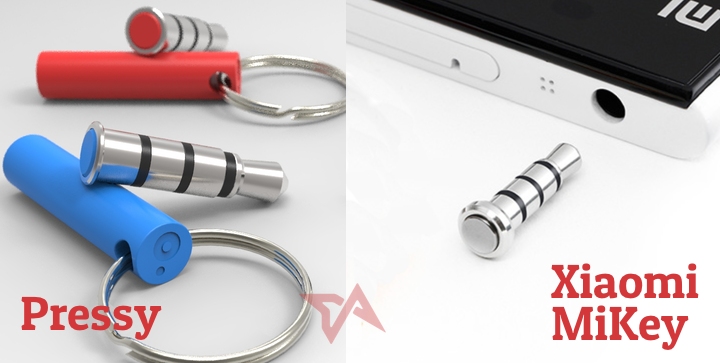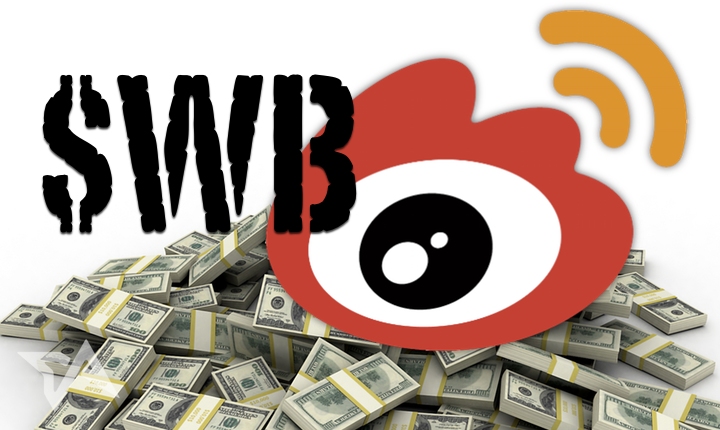Excerpts of interview to Jim Rogers, by Kopin Tan WSJ October 2013
"This is the first time in recorded history that we have all the major central banks, all the major governments actively debasing their currencies. Japan has said it will print unlimited amounts of money. So Ben Bernanke said, "Wait a minute, we can throw in a trillion dollars a year." And the Europeans said they'll do "whatever it takes." There's a gigantic ocean of liquidity, and the people getting that liquidity are having a wonderful time. But it's totally artificial, and it's going to end badly when it ends, I assure you".
"Staggering amounts of money being printed has to go somewhere, and it frequently goes into financial markets. But the advance is getting narrower. Fewer and fewer big stocks are going up, which is what happened near the end of the last bubble in 1999. Now, I don't know how long this will go on, but it can't go on forever. That said, you can't really short this market either".
"I've been shorting some emerging markets like India and Turkey. If you can only visit one country in your life, I urge you, plead with you, to go to India. It's the most extraordinary country in the world for historic sights, breadth of culture, etc. But, boy, it's a hopelessly managed place. Countries like India, Turkey, Indonesia that have big balance-of-trade deficits could easily finance things when there's all this free money. But when people realize there won't always be this artificial liquidity, then there'll be problems".
"I was pessimistic about Russia for 46 years, and I think it's becoming the second most-hated market in the world, after Argentina. But I see positive changes taking place, so I'm looking. I bought a few shares of an index, and a few shares of Aeroflot [ticker: AFLT.Russia] because I see positive changes taking place in airlines".
"This is the first time in recorded history that we have all the major central banks, all the major governments actively debasing their currencies. Japan has said it will print unlimited amounts of money. So Ben Bernanke said, "Wait a minute, we can throw in a trillion dollars a year." And the Europeans said they'll do "whatever it takes." There's a gigantic ocean of liquidity, and the people getting that liquidity are having a wonderful time. But it's totally artificial, and it's going to end badly when it ends, I assure you".
"Staggering amounts of money being printed has to go somewhere, and it frequently goes into financial markets. But the advance is getting narrower. Fewer and fewer big stocks are going up, which is what happened near the end of the last bubble in 1999. Now, I don't know how long this will go on, but it can't go on forever. That said, you can't really short this market either".
"I've been shorting some emerging markets like India and Turkey. If you can only visit one country in your life, I urge you, plead with you, to go to India. It's the most extraordinary country in the world for historic sights, breadth of culture, etc. But, boy, it's a hopelessly managed place. Countries like India, Turkey, Indonesia that have big balance-of-trade deficits could easily finance things when there's all this free money. But when people realize there won't always be this artificial liquidity, then there'll be problems".
"I was pessimistic about Russia for 46 years, and I think it's becoming the second most-hated market in the world, after Argentina. But I see positive changes taking place, so I'm looking. I bought a few shares of an index, and a few shares of Aeroflot [ticker: AFLT.Russia] because I see positive changes taking place in airlines".
"In general, I don't like to buy China except when it collapses. The last time I bought China in any significant way was in October, November of 2008. But if and when the market falls, I'll buy.
I've read all those skeptical stories about China for many years, and so far they haven't come true. There will be setbacks: In the 19th century, as America was rising to power and glory, we had 15 depressions, virtually no human rights, little rule of law, massacres in the streets. We had a horrible civil war. You could buy and sell Congressmen in those days—you can still buy and sell Congressmen, .......Sure, China will have problems. You'll see problems and setbacks, but if you can find the right industries, companies, people, you will do well".
"For a long time, the Chinese haven't been able to travel. Now, it's easier to get a passport. When I first drove across China there were no highways, hotels, gas stations. Now you can get into a car and actually go somewhere. There's still a high savings rate, but people are starting to spend more. Chinese tourism—both domestic and international—is going to be a staggering growth business for years to come. I own six or seven Chinese airlines because of that".
"I'm most concerned about currency turmoil coming. Look, the yen has declined 25% [against the dollar] in less than a year, a staggering move for one of the world's most important currencies. The euro is a fabulous concept, but its execution has been bad. And the dollar is tied to the largest debtor nation in world history.
I own the renminbi. I also own the dollar, not because I have such confidence in the U.S., but because I've got to invest somewhere, and if turmoil comes, people will flock to the dollar. It's not a safe haven, but it's considered that way. I cannot invest the way I want the world to be; I have to invest the way the world is".


